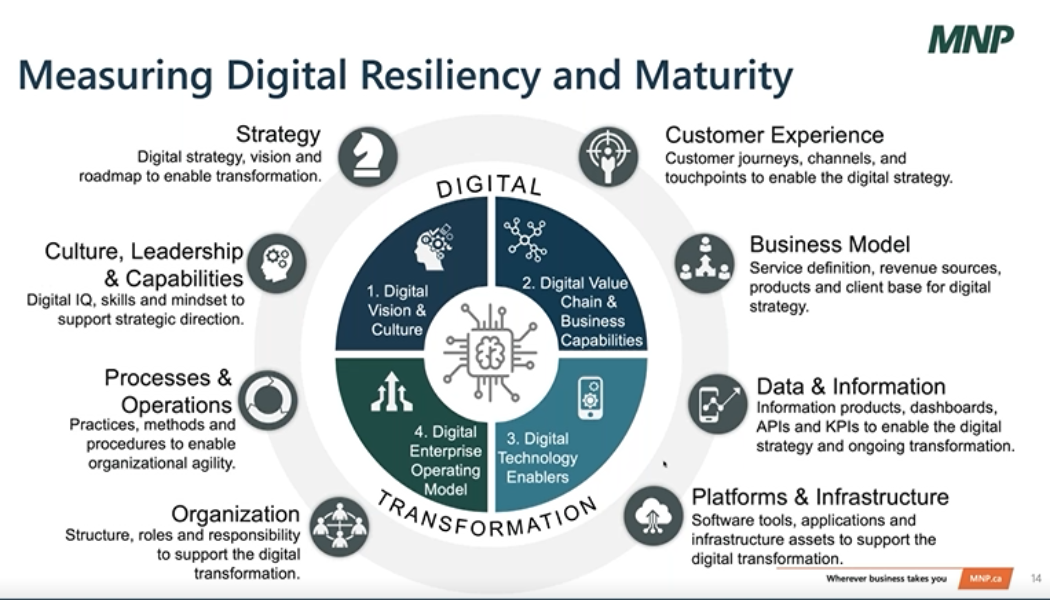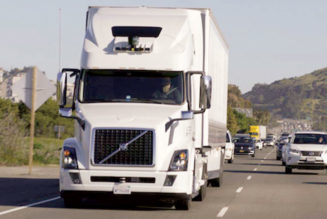The pandemic, which by now is widely known to have accelerated digital transformation across sectors, has vividly demonstrated to organisations the importance of being always-on and that their data is a digital business asset. Nathan Steiner, Senior Director, Systems Engineering, Veeam Software, wrote recently that the availability and access to critical data and applications has reached a new level of criticality, as every sector of business and society accelerate adoption of digital capabilities.
This requires a concerted focus on building digital resilience. In Steiner’s words, “Despite growing consumer digital savviness, the optimism around a thriving digital economy is threatened by growing risks to ‘digital resilience’. The ability to secure, protect, access and recover data always, are all crucial to building digital resilience which is the key foundation for any digital economy.”
The problem with buzzwords or catch-phrases is that C-suites don’t always appreciate exactly what they mean. A good point of departure is to consider that when we talk about digital resilience it is about availability, but also about the defence of that availability. Simply speaking, when plotting this plan towards digital resilience, you want to broadly cover three areas: infrastructure, data, and protection and back-up.
Infrastructure
Anything that has been digitised needs to work as anticipated. And when we say digitised, we’re talking about applications and computer workloads. This includes online portals, self-service, apps, and more, which need to be available all the time. To make this platform resilient, you must ensure it is not affected by downtime because of an infrastructure failure. Of course, this is where cloud computing comes into play, and so businesses outsource that infrastructure by renting the likes of Amazon Web Services, Microsoft Azure or Google Cloud. They take care of the infrastructure, making sure it’s available to your business. You are now building resilience because your platforms won’t be affected by downtime because of an infrastructure failure.
Data
Once the infrastructure is taken care of, then the data footprint needs to be addressed and a strategy designed. As you are running your workloads, you need to ensure that the workload will always be available. For instance, you may choose to run cross-location – which is having one instance running in an availability zone in South Africa, for example, and another running in standby in another location. What this means is that if something were to happen in South Africa, it could be a huge connectivity outage, you’d be able to tap into global connectivity with DNS services that are available globally. In doing so, you can keep that application up and running for customers. You are building more resilience.
Protection and back-up
An important cog in the wheel of resiliency is protecting your workloads, services or applications from cyberthreats. This security level is vital, because once you’re at a point where you have resilient infrastructure and you are resilient across geo-locations in case of any outage, you could still be susceptible to attacks from cybercriminals, where they could potentially bring down, or delete or encrypt your data. Here, the security focus is to “harden” the infrastructure, where you have levels of security protecting the services, as well as a last line of defence – which leads into back-up and replication in the cloud.
In a case where the security is breached, a business must be able to recover any data that might have been contaminated or might have been deleted or encrypted. The resilient business can call up an instance, workload or service, in another cloud platform or another geo-location with ease.
John Annand, Research Director, Infrastructure & Operations at Info-Tech Research Group says many enterprises, either in the cloud or building a cloud adoption plan, realise they can’t fully rely on their cloud vendor to keep their data safe. “What these enterprises need is a backup solution configurable to their specific data protection requirements,which is flexible across multiple clouds and environments simultaneously, and that doesn’t break the bank.
“With the recent product releases/enhancements included in the V11a release, Veeam continues to demonstrate its commitment to enabling organizations to accelerate their cloud adoption securely and efficiently through policy-based automation, ransomware protection and low storage cloud costs.”
Certainly, what we have found is that by providing cloud-native support for the leading hyperscale public clouds – AWS, Microsoft Azure and Google Cloud – under a single platform for hybrid-/multi-cloud environments, we go a long way towards providing simplicity but also in supporting digital resilience. This is because the new features and capabilities in Veeam Backup & Replication v11a (and each standalone, cloud-specific offering) enable organisations to accelerate cloud adoption by ensuring data is reliably secured, protected and managed from a single console.
In summary, the resilient business has addressed infrastructure availability, has the capability to keep its workloads running across locations and has security around the service itself, as well as tools to retrieve back-ups and accommodate moving data across different cloud platforms. These are the fundamentals behind digital resilience.
Global Technologist for Veeam Edwin Weijdema perhaps says it best when he writes: “Making sure you are digitally resilient gives your organisation a great competitive edge and lines up the organisation to maintain, adopt or recover technology-dependent systems and processes easily. When you look wide-eyed at your organisation and you come to the conclusion that significant digital disruption may disable your core business processes, then digital resilience has become equivalent to business resilience for you.”
Staff writer










Tagged: Cloud Computing, data, digital resilience, Digital Transformation, Infrastructure, Top Stories, Veeam